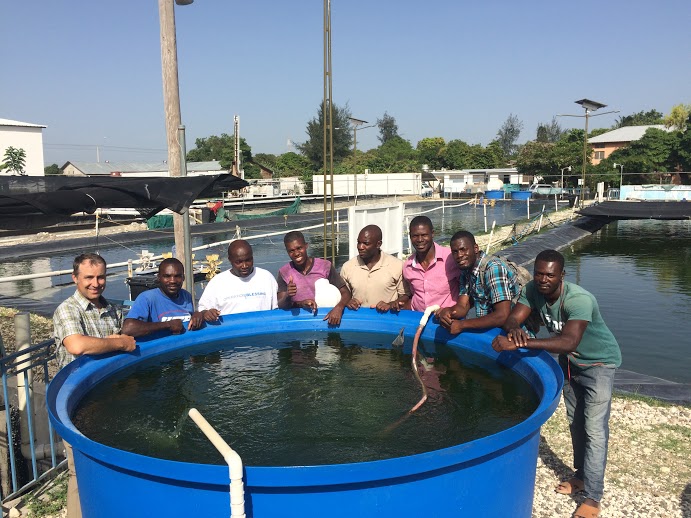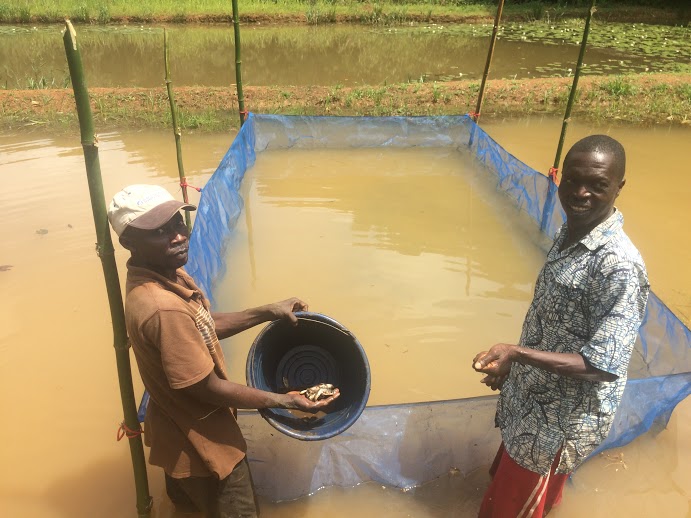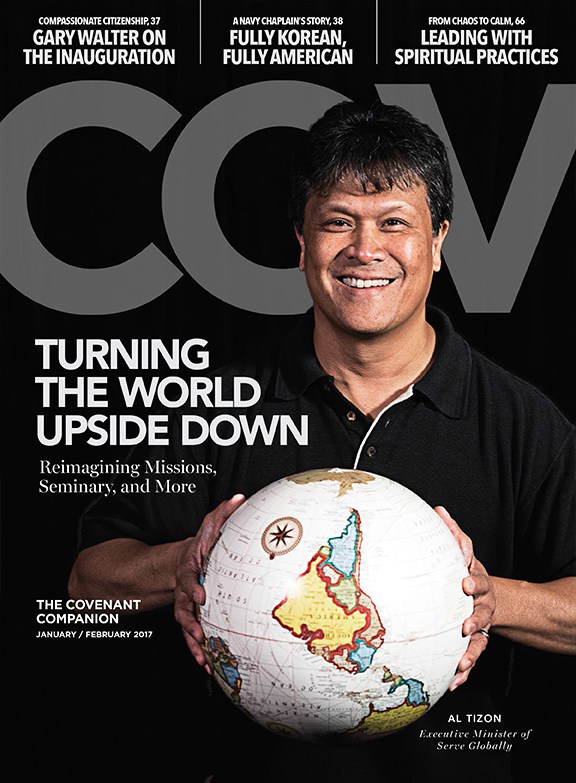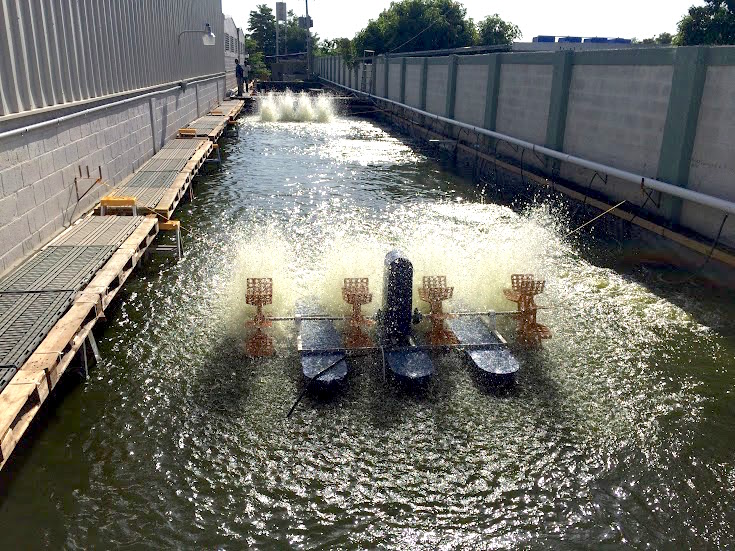By Linda Sladkey
Covenant missionary Randy Bevis spent years in Thailand using his aquaculture background helping villagers establish fish that provided a source of income as well as food. Now, with his new non-profit, In-Seine, he is taking that expertise to some of the poorest countries in the world such as Haiti and the Democratic Republic of Congo.
In April 2015, Bevis, a special assignment missionary with the ECC, founded the nonprofit with the vision “Full Nets, Changed Lives.”
Fish farming has become the fastest growing food production system in the world with roughly 50 percent of fish eaten coming out of fish farms, Bevis says. “What I really enjoy is thinking creatively with people in different contexts and training them to be able to run a fish farm or hatchery.”
While pursuing a degree in aquaculture at the Asian Institute of Technology in Bangkok, Bevis focused his studies on tilapia. Tilapia, sometimes referred to as “aquatic chicken,” can now be found in approximately 100 countries.
In Haiti, In-Seine has been using a high-tech approach in an urban environment. One organization the non-profit has helped is St. Luke Hospital, where they have installed three fish tanks in what had been unused space between a warehouse and an outside wall. The tanks grow 32,000 tilapia for feeding programs.
Bevis travels to Haiti every other month to work with four tilapia farms. The staff also is finishing a processing plant that will employ about 50 Haitians to process 4,000 pounds of tilapia per day to be sold locally.
“We are getting some of the fasted growing tilapia I have every seen,” Bevis said. “The lake has great oxygen, good temperatures for tilapia (85 degrees), a little salinity, and we are using high quality feed and good genetics.
In-Seine faces different challenges in Congo because they are challenged to use only local resources in the isolated Equateur Province, where the Covenant Church of Congo (CEUM) ministers. Goods brought there must be transported on barges up the Congo River and then transported across land on roads that are often nearly impossible to drive on.


Above: Staff at hatchery in Haiti (left) and staff at pond in Loko, Democratic Republic of Congo.
In September, Bevis made his second three-week trip to Congo with missionary Paul Noren and Pastor Emmanuel Dole to further develop the Fish for Hope Project. Noren has taught fish-farming techniques to the Congolese, and Dole, who serves as secretary for the CEUM, also is the director for the new project.
“I have been wanting to get over there and work with them for about 10 years, ever since I heard that there are more than 25,000 fish ponds in the province and that the CEUM has been working with some 700 fish farmer associations,” Bevis said.
One of the goals for the trip was to create a fish food made from local raw materials.
In the past, farmers cut grass and composted the grasses in ponds or fed the tilapia things such as papaya leaves. The diet lacked needed protein and other key nutrition, which contributed to low yields.
Making a fish food with local materials of 25 percent protein will give farmers more options and enable better returns from their ponds, Bevis said.
“Some of the ingredients we found locally were soy beans, corn, cassava, wing beans, rice bran and caterpillars,” Bevis said. “The caterpillars were a very interesting find. More than 40 varieties can be harvested from the wild. Some of them are up to 68 percent protein.”
The new feed already is producing results. “We started a trial at the Loko fish ponds with 400 tilapia, and the staff could not believe how much the fish liked the feed,” Bevis said. “They had never seen tilapia eat like that.”
He also helped plan the development of a small-scale hatchery with the CEUM in Gemena. The hatchery will provide high quality, low-cost fish fingerlings for farmers to stock their ponds. Fingerlings currently are difficult to find and are expensive.
“What really amazed me about Congo is the natural resources they have there,” Bevis said. “So many natural springs of water flowing everywhere. The Congo River Basin has over 750 species of fish and we are looking at what local species can be combined well with tilapia for fish farming.”
Bevis continues to also assist the hatcheries he helped start in Bangladesh, Laos, Malaysia, and Thailand. Bevis and his wife Cheryl served as missionaries to Thailand for 20 years and are now living in their home state of Minnesota.
Unused Space between a wall of St. Luke Hospital and a warehouse has been converted to three fish tanks holding 32,000 Tilapia.





Great article about a great man committed to the Lord, his family and kingdom work. Blessed to have worked with him in Thailand.
Thanks Linda for writing this up. Well done.